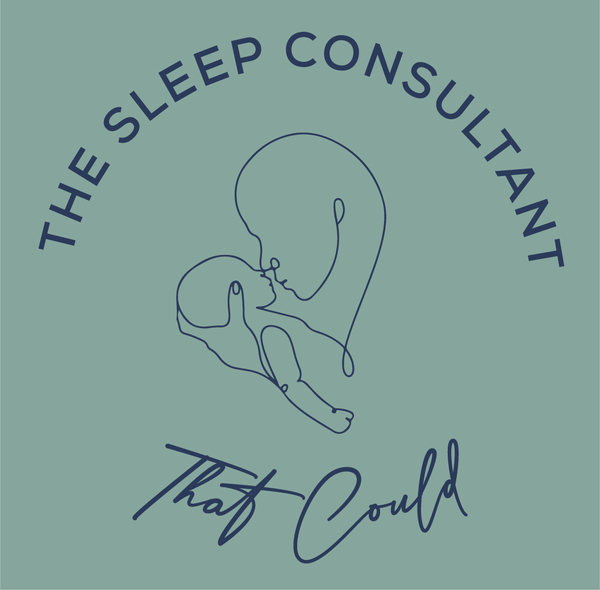Baby taking short naps?
Let’s talk snoozing! Ahh, Short naps! Who hasn’t battled to get their little ones to doze off? Whether you’re a rookie mama or a nap-time ninja like me, it’s always a wild ride. And why is that? Because every child is unique, and what sends one off to dreamland might leave another wide-eyed and wailing. Even with a strict routine in tow, there are moments when we hit a wall, unsure how to spin those measly 20-minute naps into a full-on siesta.
Although some parents try to nail down a consistent nap schedule, a hefty bunch of my clients have brought me on board for this very reason: to help their little ones catch some Z’s. And from these experiences, I spotted a few hiccups that can inadvertently lead to shortened naps. So let’s go through some of the most common mistakes first and then sign up to download my Nap Flow Chart, where I will walk you through every possible situation during nap time: what to do after LO wakes up after only 30 minutes, how to extend those naps, when to stop trying, and how to create a more peaceful and restful naptime.

So here are the 10 most common mistakes when trying to get our babies or toddlers to nap:
1. ** Ignoring Sleep Cues**: Babies often show subtle signs when they’re tired, such as rubbing their eyes or becoming fussy. Ignoring these cues and delaying their nap can lead to an overtired baby, making it harder for them to fall asleep and stay asleep. Unfortunately, most of the time, by the time we spot these signs, it is already too late, and we are left with an overtired baby who will refuse to nap or stay asleep despite how tired they look.
Keeping an eye on the clock and checking on the baby’s awake windows help, but every child is unique; aim to put the baby for a nap 10 minutes earlier than your intended time so you won’t miss it.
2. **Inconsistent Schedule**: Babies thrive on routine, and inconsistent nap times can disrupt their internal sleep clock. Try to establish a regular nap schedule and a nap routine to help your baby anticipate and embrace their naptime. Your nap routine can be a miniature version of your bedtime routine, so you cue your baby that it’s time to sleep.
3. **Overstimulation**: Exposing your baby to excessive stimulation before a nap, like loud noises or bright lights, can make it difficult for them to wind down. But I understand that running errands is part of our days, so just create a calm and soothing environment 15 minutes before naptime to set the stage for better sleep.
4. **Skipping a Nap**: Occasionally, parents may skip a nap, thinking it will lead to better nighttime sleep. However, this can backfire, as an overtired baby is more likely to struggle with nighttime sleep as well.
5. **Rushing Naptimes**: Trying to rush your baby to sleep can lead to frustration for both you and your little one. Give them ample time to relax and fall asleep naturally. If it becomes a battle, take a small break and try again in a few minutes. How long? Scroll down to Download my Nap Time Flow Chart for waiting times.
6. **Inadequate Nap Environment**: Ensure that your baby’s sleep environment is conducive to napping. This includes a crib or bassinet with a firm mattress, free of toys that could be too distracting; loveys and a little light cuddle blanket are ok if they are age-appropriate. Make sure that room temperature and darkness are adequate too.
7. **Feeding Right Before Naptime**: Feeding your baby right before a nap may cause discomfort and disrupt their sleep. Try to feed them a bit earlier to allow for digestion before naptime. Another reason is gas; some babies get super fussy for no apparent reason, and it’s due to trapped gas. If you have tried everything and the baby is still fussing, pat baby’s back for a while. You’ll be surprised when you hear a big burp!
8. **Overlooking Sleep Associations**: If your baby relies on specific sleep associations, like rocking or nursing, they may struggle to transition between sleep cycles. Gradually wean them off these associations to encourage more extended naps. Don’t know how to start? Book a short consultation, and I will walk you through everything!
9. **Ignoring Age-Appropriate Awake Windows**: Babies have varying awake windows depending on their age. Be mindful of these windows to avoid putting your baby down for a nap when they’re not tired enough or are overly tired. But remember, each child is unique, and these are just guidelines; finding the sweet spot might take time, so log everything.
10. **Not Prioritizing Self-Care**: I cannot stress enough how important this one is. Frequently, during my in-home consultations, parents hand me their babies, and they seem to calm down instantaneously. They swear they act calm only when I am around, and we joke that baby is just showing their best behaviour because they know I am a guest. The truth is that exhausted parents may inadvertently create a stressful naptime environment. Remember to take care of yourself and seek support from loved ones when needed. A rested, less stressed parent can better support their baby’s sleep needs.
In conclusion, helping your baby get the sleep they need requires patience, consistency, and a keen awareness of their cues and needs. Naps are certainly the most challenging part of a baby’s sleep and take time to master. But by avoiding these common mistakes, you can create a nurturing naptime routine that promotes longer, more restorative sleep for your little one and a more peaceful parenting experience for you.
Happy Napping!

Ready to book an appointment? Click HERE



2 Comments